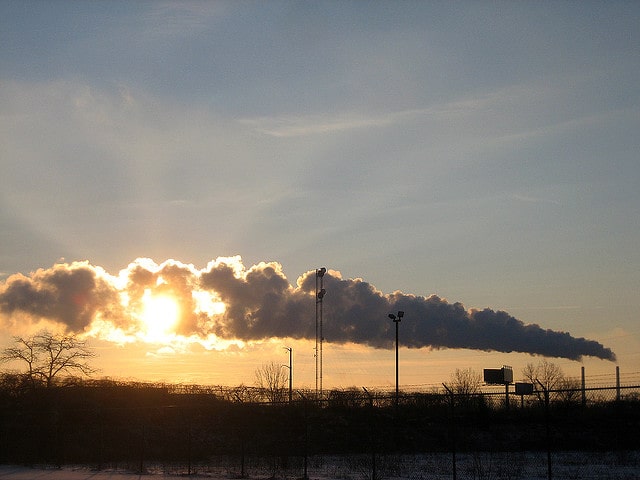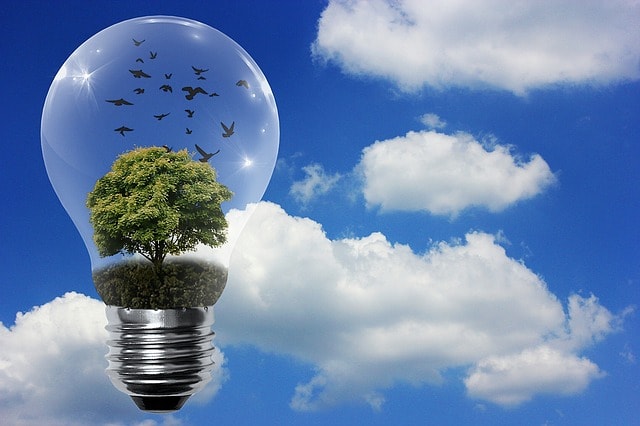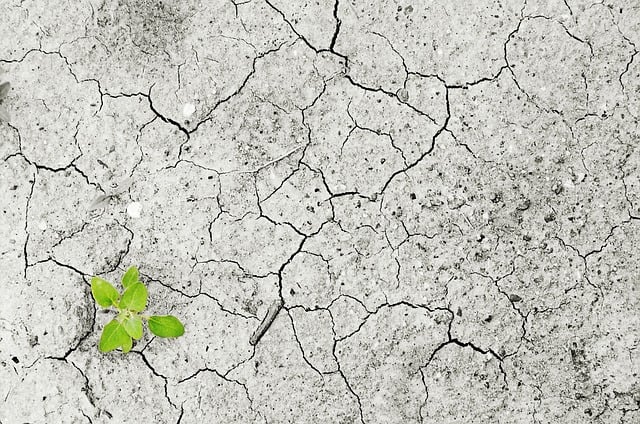5 Awesome Solutions to Water Pollution

Dirty and polluted water is the world’s primary health concern and persists to pose threats to the survival of humanity and quality of aquatic life. Many water resources are more and more becoming vulnerable to pollution by toxic chemicals, dirt, garbage, and pathogens. This has led to contamination of drinking water and making the aquatic habitat unbearable thereby steadily degrading the quality of public health and aquatic life.
There have been several calls to reverse the situation both internationally and domestically, but it can only be attained through proper strategies and human effort. Ameliorating the water pollution situation should be a collective effort right from the individual level.
Some of the control measures that can help the situation include:
1. Proper Sewage Treatment
Most urban regions around the world are served by domestic sewer systems that collect sewer waste to a central collection point for treatment after which it is emptied into lakes, rivers or oceans to undergo biological breakdown.
In the developed worlds, the treatment processes have been perfected through well engineered operated systems. However, the systems only clean about 90% of the sewage pollutant load.
In some developing countries and poor regions, sewage is dumped directly into water bodies minus undergoing any form of treatment or cleaning. Some urban areas also have sewer overflows while some have leaking sewer systems that directly discharge the contents into water sources. Employment of the following approaches can help ameliorate sewage waste water pollution.
- As a way of reducing the pollution load to zero, there is a need for the more advanced engineered cleaning process. Some developed worlds have sewage treatment plants with extra systems for eliminating pathogens and nutrients. Other regions should emulate this strategy to reduce sewage pollutant loads to zero.
- Continued maintenance including replacement and repair of leaking and faulty sewage processing infrastructure.
- Reducing the hydraulic overload by increasing the volume carriage capacity of the sewage at the central collection point.
- Sewage management should also incorporate treatment and cleaning of storm water runoff that contains various contaminants, a commonly neglected aspect in developing and some developed nations.
- Domestic household septic tanks should ensure on-site pre-treatment of the waste water before it infiltrates into the soil.
2. Green Agricultural Practices
Agricultural production practices qualify as massive causal agents for water pollution. Sediments are washed off from agricultural lands into lakes, rivers, and oceans causing silt depositions. Farmers can utilize erosion and sediment control methods to limit runoff currents and hold back the soils on their farms.
Green agricultural practice techniques like crop rotation, mulching, planting perennial crops, contour plowing, and installing silt fences can minimize the effects. Commercial fertilizers and animal manure applied to agricultural lands contain nitrates and phosphates that are washed off into water bodies. Likewise, pesticides and herbicides have chemical contaminants that are washed into the lakes, rivers, and oceans by storm water.
Farmers can formulate and put into practice nutrient management plans to curtail excess nutrients application thereby reducing the potential for phosphates and nitrates pollution. The impacts of pesticides and herbicides application can be managed by using integrated pest management (IPM) techniques such as biological pest control to control pests and minimize dependence on chemical pesticides.
3. Industrial Waste Water Treatment
Industrial facilities generate loads of wastewater containing high concentrations of conventional water pollutants like oil, petroleum hydrocarbons, toxic chemical compounds, heavy metals, and other contaminants such as ammonia. Some power plants also release heated wastewater into water bodies, interfering with the normal water temperatures.
Reducing the water pollution effects caused by industries thus, require well-designed treatment and water cooling systems. As much as industries have these specialized waste treatment systems, a good number of industries have poorly maintained systems and some entirely lack quality treatment protocols. The installation of pre-treatment facilities and adoption of quality waste treatment protocols can extensively help to eliminate the toxic contaminants.
Therefore, all manufacturing industries should assure they have a well-designed treatment facility that can prevent water pollution by cooling, treating and removing all the toxic components of the waste discharged into water bodies.
4. Anti-pollution Laws and Policies
Anti-pollution laws and regulations at local, state and international levels are perfect measures for curtailing water pollution. Laws have always played an excellent role to ensure water pollution levels are kept to the minimum. Environmental protection policies such as the Clean Water Acts work to ensure that anti-pollution laws are effected and apply to all significant waters including ground water.
Anti-pollution laws can as well establish measures that put restrictions for top water pollution problems such as sewage and industrial waste treatments and garbage management. These laws should be directed to marketplaces, industries, hospitals, schools, and the local councils.
5. Individual Efforts and Educative Campaigns
There are immeasurable ways individuals and groups can take initiative or educate people on the dangers of water pollution. It is always a great starting point as a means of fighting the wider causes of water pollution. Individuals and groups aware of the dangers of water pollution can educate family, friends, and even the society as a whole through joint campaigns and advocacy. Examples include the use of media, institutions, and online educative forums. Educative topics can include:
- The need to use waste bins by never throwing rubbish into riversides, beaches or water bodies.
- Wise use of water can also reduce the amount of wastewater that will require treatment.
- Avoiding throwing of oils, paints, chemicals and medicines in sink drain or toilet can as well contribute to reducing the dangers of water pollution. Waste consumer products and utilities such as drugs, battery cells, and other chemical wastes can be disposed at designated disposal points where the relevant authorities can collect and dispose them effectively.
- Use of more environmentally friendly consumer products at home and in public places can also considerably relieve the pollution burden.
Planting lots of trees and vegetation within our localities can reduce storm water currents, so that when it rains, sediments and chemicals do not easily drain into the waters.





